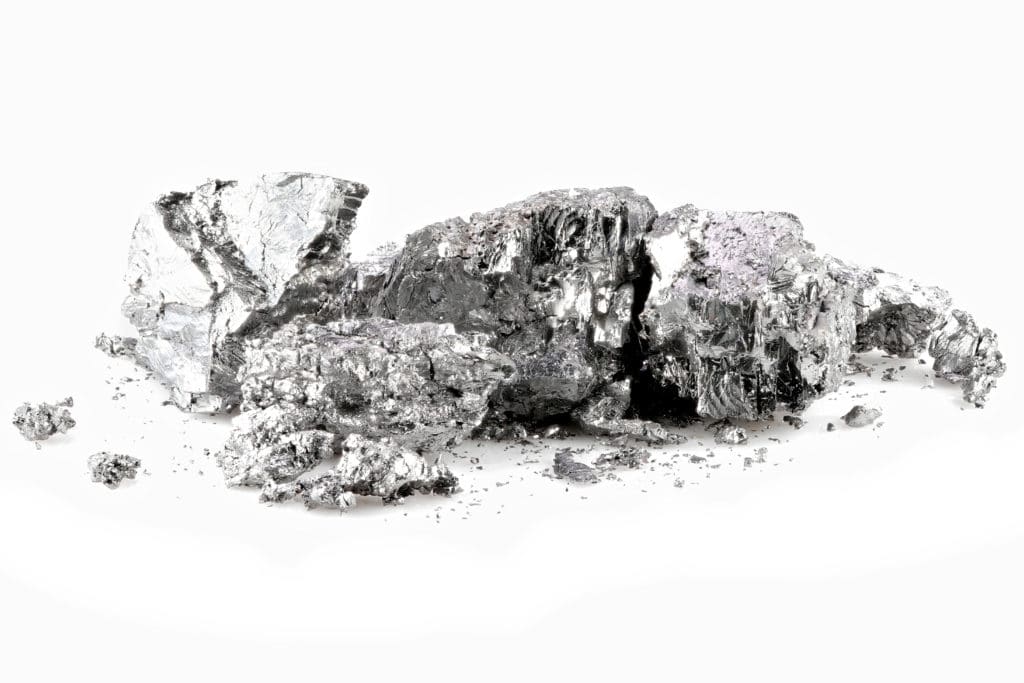Home > Part B: Beryllium
Beryllium
Besides Radiogenic Cancers, Part B of the EEOICPA also covers beryllium sensitivity, chronic beryllium disease (CBD), and chronic silicosis. Coverage of these conditions is extended to atomic weapons employees, beryllium vendor employees, federal employees, and DOE contractor / subcontractors.
CHRONIC BERYLLIUM DISEASE (CBD):
To initiate a claim, proof of exposure to beryllium is required. This program recognizes that there was a potential for exposure that existed at all DOE facilities and beryllium vendors. For the employment verification, there must be evidence to establish that an employee worked for at least one day at a DOE facility or the employee was ‘present for at least one day at a DOE facility, or a facility owned and operated by a beryllium vendor.’
For established CBD on/after January 1, 1993, there is specific medical documentation that must be submitted. There needs to be an abnormal BeLPT/BeLTT that is performed on blood or lung lavage cells or a positive beryllium patch test. In addition to this test, there needs to be evidence of lung pathology that is consistent with CBD. The lung pathology can include: a lung biopsy that shows granulomas or a lymphocytic process consistent with CBD; a CAT scan that shows appropriate changes that are consistent with CBD; or a pulmonary function test or exercise test that verifies pulmonary deficits that are consistent with CBD. If you are awarded for this claim of CBD, a claimant would be entitled to receive a lump-sum payment of $150,000 in addition to their lifetime medical benefits related to this disease.
 BERYLLIUM SENSITIVITY:
BERYLLIUM SENSITIVITY:
For this claim, you will need to prove the same exposure and employment as mentioned for CBD. Beryllium Sensitivity is an allergic-type response by the immune system towards the presence of beryllium in the body. There are several factors to help develop the claim and verify the medical evidence that has been submitted, and they are as follows:
1.) Testing: A claimant will submit the results of either one BeLPT or one BeLTT, that is performed on blood or lung lavage cells, which show abnormal or positive results. A claimant can also submit one patch test which shows a positive reaction. The DEEOIC requires one abnormal sensitivity test.
2.) Evaluation: To validate the results of an abnormal BeLPT/BeLTT or patch test, a physician must read and interpret the results. A “borderline” beryllium test result is not sufficient enough to establish sensitivity. A claims examiner is not allowed to interpret the results of a beryllium test.
3.) False negative results: If a claimant has steroid use, a false negative result for a BeLPT/BeLTT may occur. If a physician provides their medical opinion supporting that the results is a false negative, the DEEOIC will accept that the test result qualifies as an abnormal test.
If your claim for beryllium sensitivity is accepted under Part B, the claimant would receive medical monitoring, treatment, and therapy for this awarded condition. Unlike for Chronic Beryllium Disease, the claimant does not receive the lump-sum compensation. If awarded under Part E, the claimant would receive the same medical benefits. They would be eligible for financial compensation for impairment
and/or wage-loss if the claims examiner finds that they meet the appropriate criteria for those benefits.

